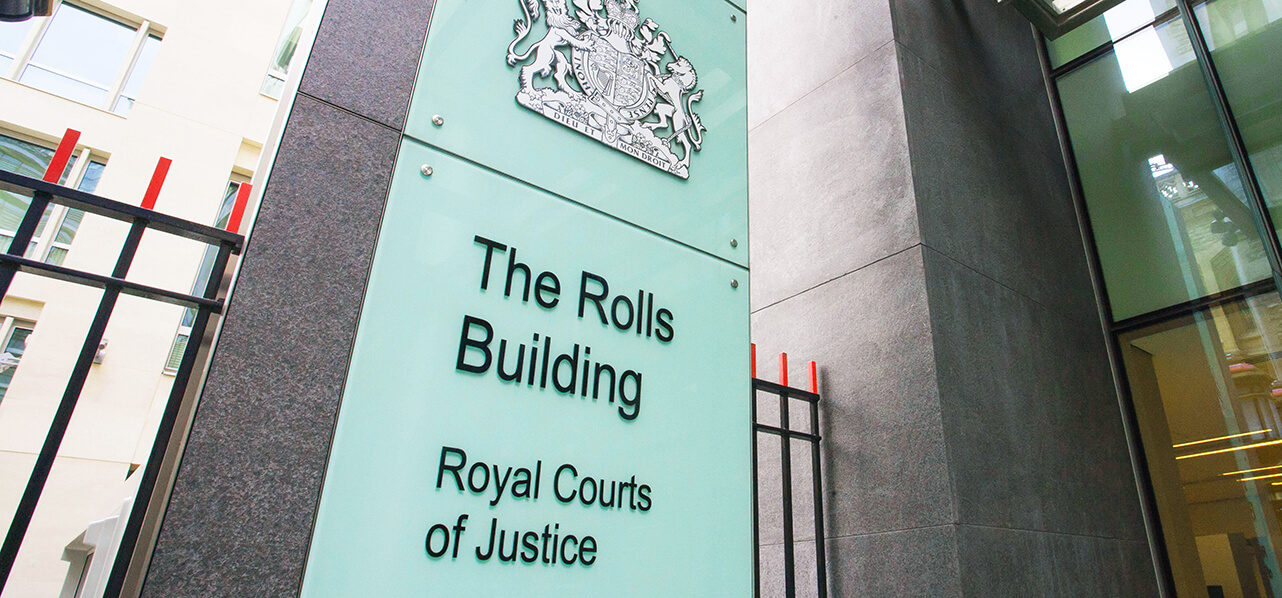What happened?
In Lendlease Construction (Europe) Limited v. Aecom Limited [2023] EWHC 2620 (TCC), the Technology and Construction Court (“TCC”) dismissed a claim by Lendlease to pass on its liability to Aecom, its mechanical and electrical consultant, that resulted from disputes arising out of the construction of a new Oncology Centre (spanning 13 floors and 67,300m2) at St James’s University Hospital in Leeds. Mr Justice Eyre concluded that:




